![T. Lauvaux et al., "Global assessment of oil and gas methane ultra-emitters," Figure 1. https://orcid.org/0000-0002-7697-742X. Science, 3 Feb 2022, Vol 375, Issue 6580:pp. 557-561 DOI: 10.1126/science.abj4351. Kayrros analysis, contains modified Copernicus data [2022]. T. Lauvaux et al., "Global assessment of oil and gas methane ultra-emitters," Figure 1. https://orcid.org/0000-0002-7697-742X. Science, 3 Feb 2022, Vol 375, Issue 6580:pp. 557-561 DOI: 10.1126/science.abj4351. Kayrros analysis, contains modified Copernicus data [2022].](map.gif)
Spectrometers in orbit do not see history. But they see places and times and the possibility of loss. The new, dramatic images of large methane plumes around the world in 2019-2020 -- of "ultra-emitters" -- are based on data from the TROPOMI instrument carried by the European Space Agency Sentinel 5-P satellite, "a space-borne, nadir-viewing, imaging spectrometer." Methane, or CH4, is a greenhouse gas that is 25 times as potent as carbon dioxide, or CO2, in trapping heat in the atmosphere. "Eliminating methane emissions from ultra-emitters," in the estimate of Thomas Lauvaux and his co-authors in Science, would have net climate benefits "approximately equal to the total influence from all emissions since 2005 from Australia or the Netherlands, or removal of 20 million vehicles from the road for 1 year:" a "small" value, equivalent to 250 million tonnes of CO2; or the "carbon footprint of more than 40 million people" (according to a Perspective in the same issue of Science.)
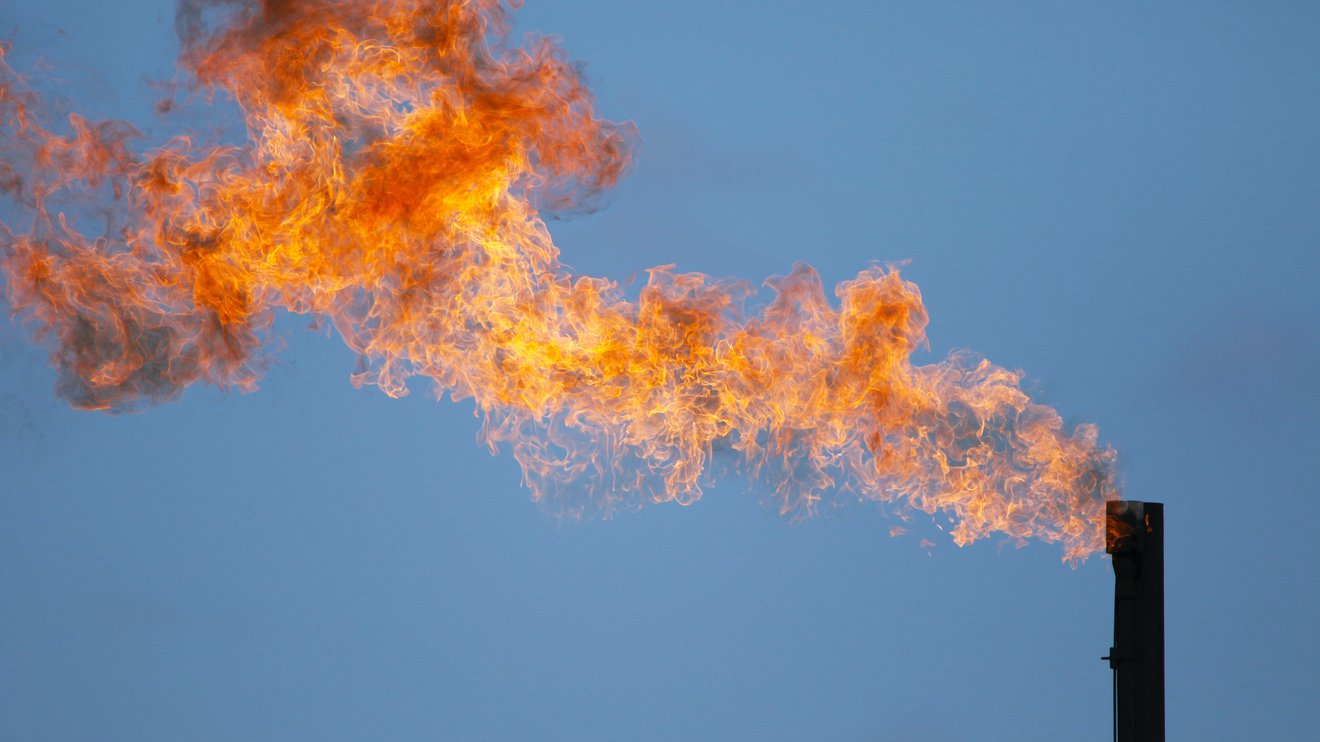
The maps of methane emissions suggest a different sort of inquiry as well. In the article published in Science, the maps are shown at a very low resolution. But the list of the longitudes and latitudes of the "more than 1,800" events identified -- the "plumes dataset," or what the Science Perspective describes as the "list of ultra-emitter sites" -- exists. It can be the starting point for an historical inquiry: or for 1,800 inquiries into the history of climate change.
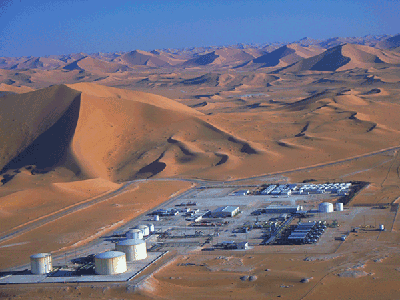 The abstractness of news about climate change is a part of the modern, dispiriting condition of climate anxiety. It is difficult to imagine "all emissions since 2005 from Australia," or a 40 million-person footprint. But the methane maps identify real places, with real histories, and real choices that have been made. There is only one proper name of a site in the Science article, the Hassi Messaoud oilfield south of Biskra in Algeria. This is a place with its own momentous political history in the 1950s, and a recent history of technical change. There is a large orange circle over the southeastern part of California -- the "circles are scaled according to the magnitude of the ultra-emitters" -- in the vicinity of the Salton Sea, so promising in the 21st-century electric economy.
The abstractness of news about climate change is a part of the modern, dispiriting condition of climate anxiety. It is difficult to imagine "all emissions since 2005 from Australia," or a 40 million-person footprint. But the methane maps identify real places, with real histories, and real choices that have been made. There is only one proper name of a site in the Science article, the Hassi Messaoud oilfield south of Biskra in Algeria. This is a place with its own momentous political history in the 1950s, and a recent history of technical change. There is a large orange circle over the southeastern part of California -- the "circles are scaled according to the magnitude of the ultra-emitters" -- in the vicinity of the Salton Sea, so promising in the 21st-century electric economy.
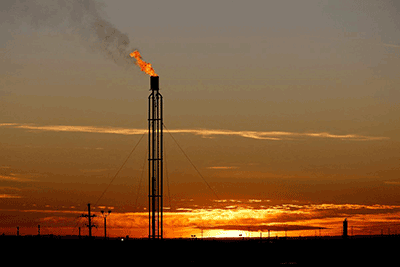 The Permian Basin around Midland and Odessa, Texas, was not part of the initial study of ultra-emitters (because there were so many overlapping plumes); each of its towns (and plumes) are part of the economic and environmental history of the modern United States. Turkmenistan, to the east of the Caspian Sea, has the largest emissions from oil and gas production of the countries in the study. It is also a magnetic force for recent investment in natural gas: the Italian oil company ENI, Mitsubishi, the China National Offshore Oil Corporation, following early investments by the German company Wintershall and by Halliburton of Houston, Texas (founded in 1919 to the north of the Permian Basin, and active in the "Eastern Hemisphere" -- Burma -- since 1926.)
The Permian Basin around Midland and Odessa, Texas, was not part of the initial study of ultra-emitters (because there were so many overlapping plumes); each of its towns (and plumes) are part of the economic and environmental history of the modern United States. Turkmenistan, to the east of the Caspian Sea, has the largest emissions from oil and gas production of the countries in the study. It is also a magnetic force for recent investment in natural gas: the Italian oil company ENI, Mitsubishi, the China National Offshore Oil Corporation, following early investments by the German company Wintershall and by Halliburton of Houston, Texas (founded in 1919 to the north of the Permian Basin, and active in the "Eastern Hemisphere" -- Burma -- since 1926.)
The historical investigation in 1,800 episodes, or even a small part of it, would be an inquiry into the origins of human-induced climate change. It could also be a way of thinking about how to make things better. The abstractness of climate news is reflected in the abstractness of policy solutions. But the injunction to reduce methane emissions is not only a matter of "average mitigation costs." It is also about local changes, made by particular companies and individuals in particular places. People think in stories, or narratives, and some of these stories are about how we got to where we are. Some of the stories, too, are about who is responsible for improving the environment of Midland or Korpeje, or for having made it worse.
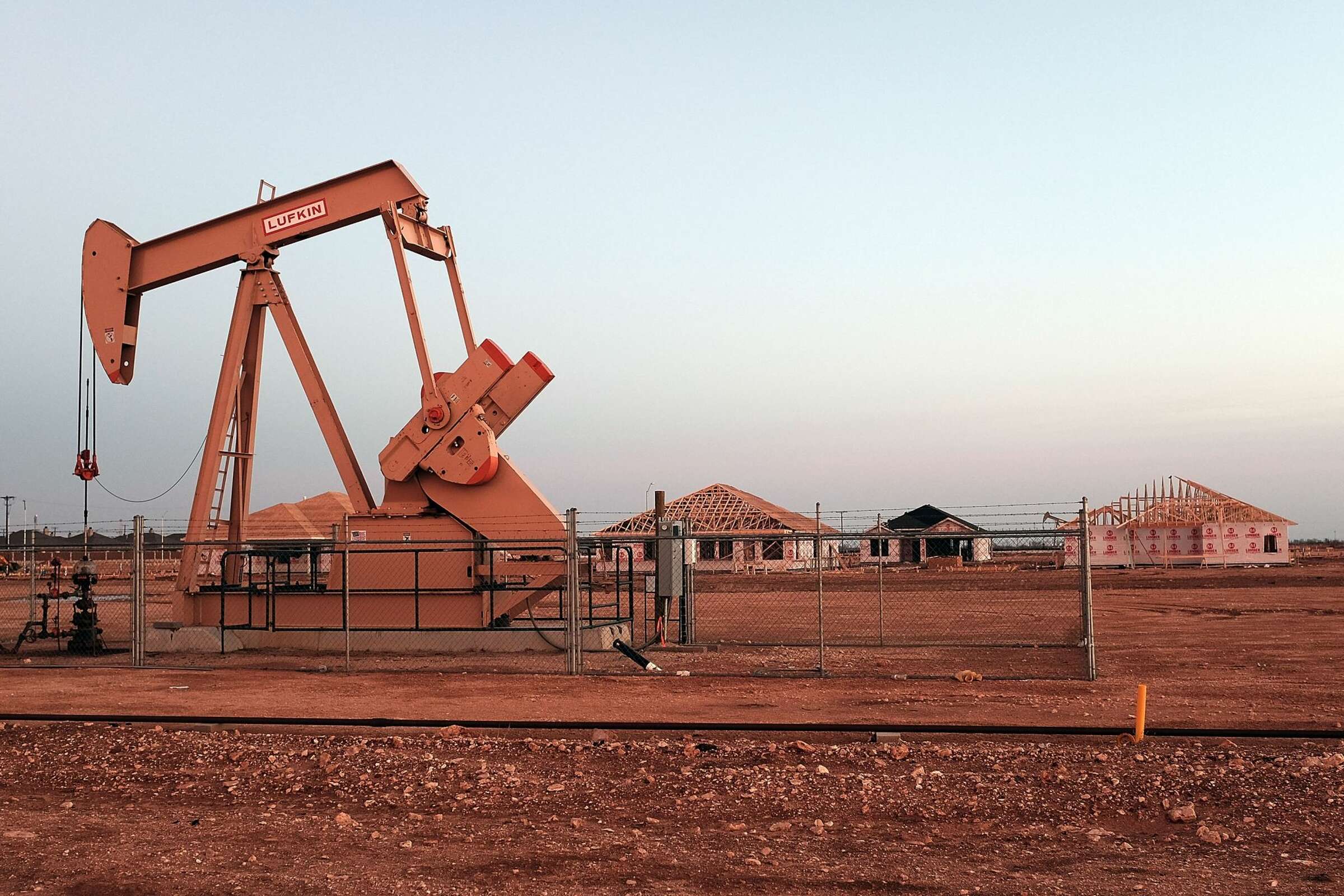
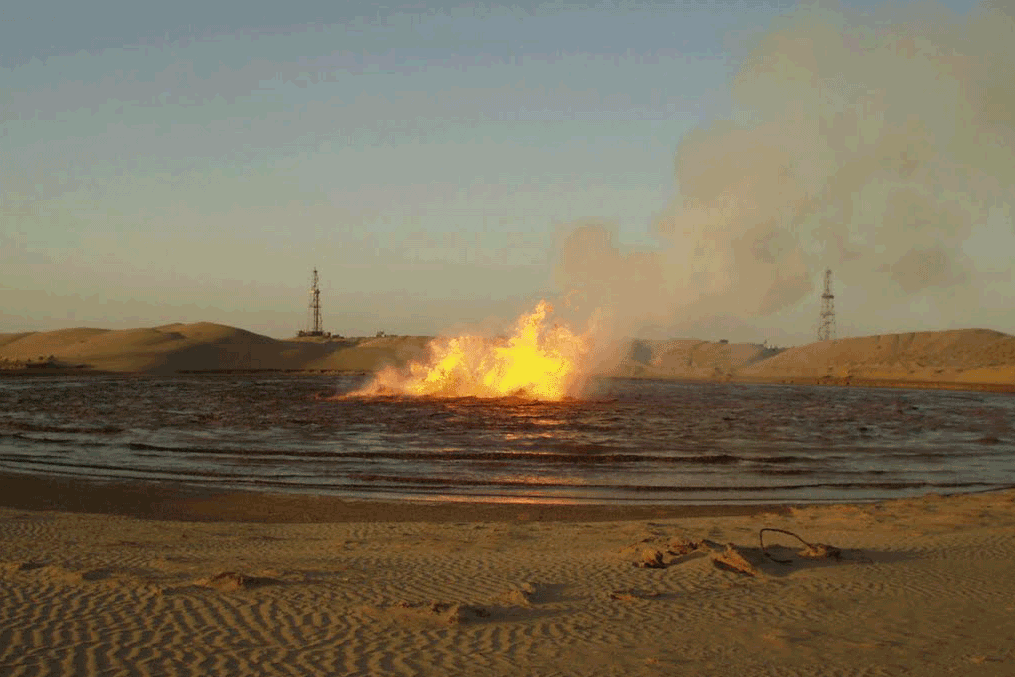
The large plumes dataset -- with emissions from coal and "human" sources (such as landfill sites) as well as from oil and gas -- can be the point of departure for multiple kinds of history: commercial and technical, fleeting and enduring. There is a cluster of ultra-emissions from oil and gas production in the mining state of Durango in Mexico, near the Mapimí Biosphere Reserve. The old railroad town of Durango, Colorado, named for the Mexican state, is near the many ultra-emissions in the oil and gas production of the Navajo Nation, with its polluted air and high child mortality. Some of the histories are long; there has been oil production near the methane emissions of Munayshi in western Kazakhstan -- the word "munayshilar" means "oil worker" -- since the early 20th century. Some are episodes; the large orange circle over southeastern California is the indication of something that happened, an event that took place on September 18, 2020 in the Arizona desert, to the east of the Salton Sea.
There are political histories to be told; the largest methane emissions were south of Baghdad, and amidst the conflict in the highlands to the west of Mandalay in Burma. There are (large) business histories to be told, of old established enterprises like Halliburton, and (small) business histories of each of 223 incidents that the TROPOMI instrument observed in the latitudes and longitudes that correspond to the Permian Basin. These are histories, in turn, of the economic incentives that have made it more efficient to waste -- to leak or to vent, to postpone repairs -- rather than to use methane.
The largest coal incident seen from the skies was near Raiganj in eastern India, where the Jharia coal mine has been burning for more than a hundred years, amidst imperial spoliation, the nationalization of the coal industry, and the exuberant privatization and deregulation of recent years. There were multiple large incidents in the coal fields near Changji in Xinjiang, and in the Queensland sites of Australia's booming industry of coal exports. There are histories of sudden prosperity and histories of poverty. The largest ultra-emissions of methane from "human" sources -- as distinct from oil or gas or coal -- are around the Matuail landfill in Dhaka: a source of water, air and solid pollution as well, of terrible work and childhood disease; a site of conflicting torts and property rights; and the location, in prospect, of a new eco-town.
These are histories of particular places in particular historical times. They are stories of the causes of climate change, and ways of understanding why methane emissions are so immense. They are histories, thereby, that can point to ways of reducing emissions, site by site. The stories show, most of all, that CO2 and CH4 emissions are not something abstract and ethereal. They happen in space and time. They are connected, in the most intimate ways, to other forms of pollution and inequality. They are the sorts of things that can be understood and changed, one longitude at a time.

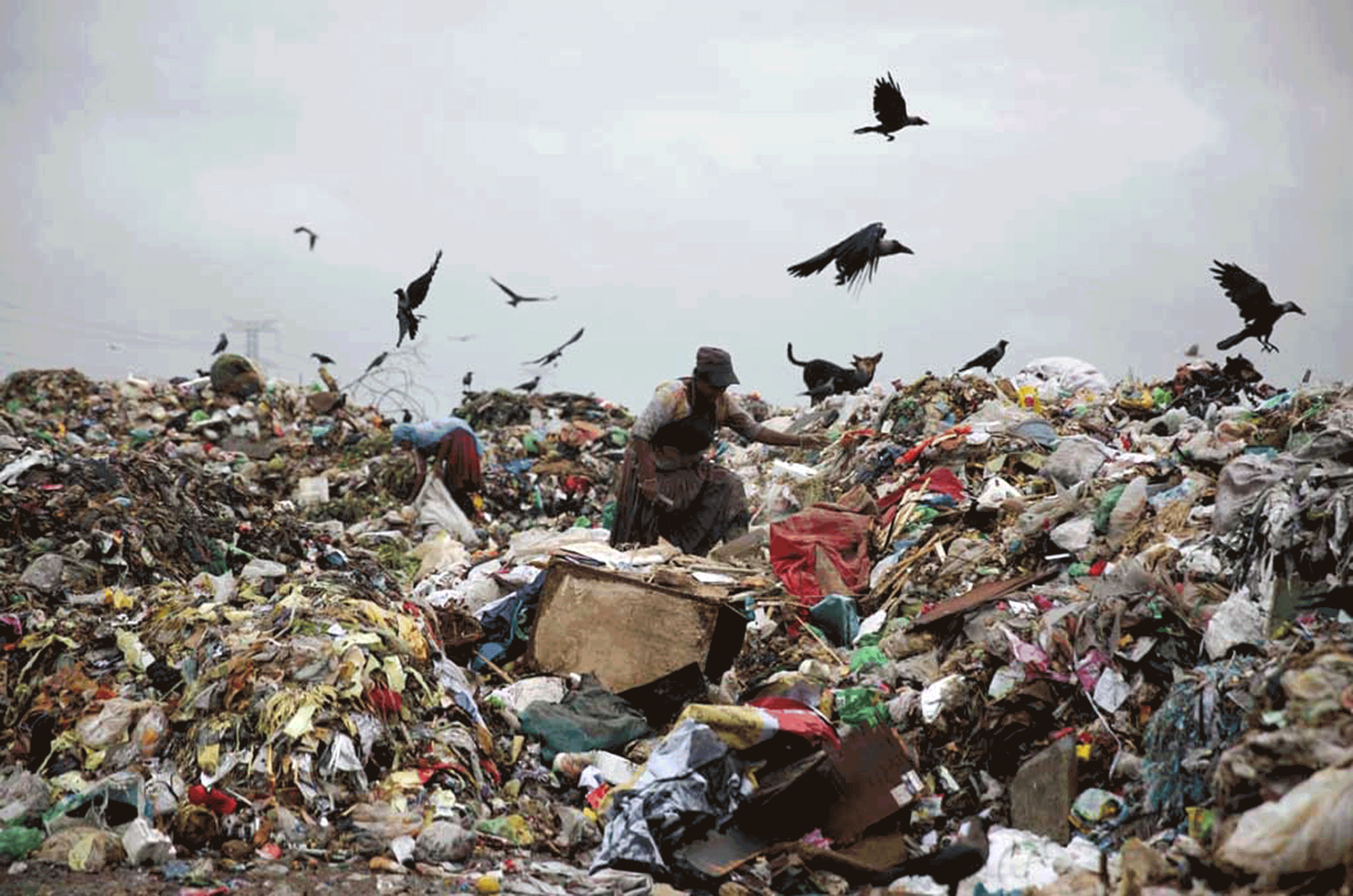
Emma Rothschild
February 2022
